What Is Tabata? Tabata training is a high-intensity interval training (HIIT) method that alternates between short bursts of intense exercise and brief recovery periods, and at what.edu.vn, we’re here to break down what it is and how to incorporate it. This guide provides a comprehensive overview of the Tabata method, its benefits, how it compares to traditional HIIT, and sample workouts to get you started, offering a quick and efficient path to fitness. Discover how this time-efficient workout can revolutionize your fitness journey, enhancing both cardiovascular health and muscle strength.
1. Understanding The Fundamentals Of What Is Tabata
Tabata training is a high-intensity interval training (HIIT) workout that consists of eight rounds of ultra-intense exercises each performed for 20 seconds with only 10 seconds of rest in between. It’s a total of four minutes of high-intensity effort. This protocol was formalized by Dr. Izumi Tabata and his team at the National Institute of Fitness and Sports in Tokyo, Japan.
- The Origin Of Tabata: The Tabata Protocol was developed following research on elite speed skaters. Dr. Tabata sought to determine whether short bursts of high-intensity exercise followed by brief rest periods could improve athletic performance.
- The Structure Of A Tabata Workout:
- High-Intensity Exercise: 20 seconds
- Rest Interval: 10 seconds
- Number of Rounds: 8
- Total Workout Time: 4 minutes (excluding warm-up and cool-down)
The focus is on performing each exercise at maximum intensity. This means pushing yourself as hard as possible during the 20-second intervals. The short rest periods allow for some recovery, but not complete recuperation, which keeps the heart rate elevated and enhances the workout’s effectiveness.
2. What Is Tabata And How Does It Differ From Traditional HIIT?
While Tabata is a subset of HIIT, it has distinct characteristics that set it apart from other forms of high-intensity interval training. Understanding these differences can help you choose the right workout style for your fitness goals.
| Feature | Tabata | Traditional HIIT |
|---|---|---|
| Work Interval | 20 seconds | Varies (e.g., 30 seconds to several minutes) |
| Rest Interval | 10 seconds | Varies (e.g., 30 seconds to several minutes) |
| Intensity | Maximum effort | High, but not always maximal |
| Total Rounds | 8 | Varies |
| Workout Duration | 4 minutes (core workout) | 20-30 minutes or longer |
| Recovery Time | Very short; incomplete recovery | Longer; allows for more recuperation |
| Primary Focus | Anaerobic and aerobic fitness | Primarily aerobic fitness |
| Exercise Selection | Can use a single exercise or multiple | Often incorporates varied exercises |


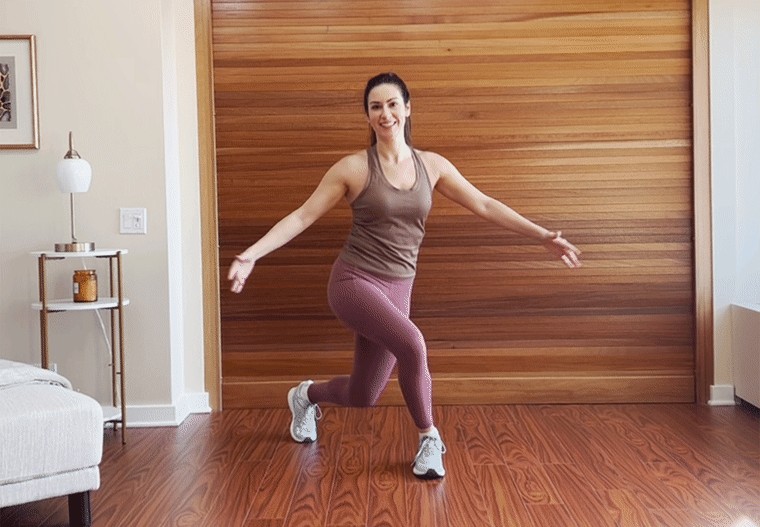

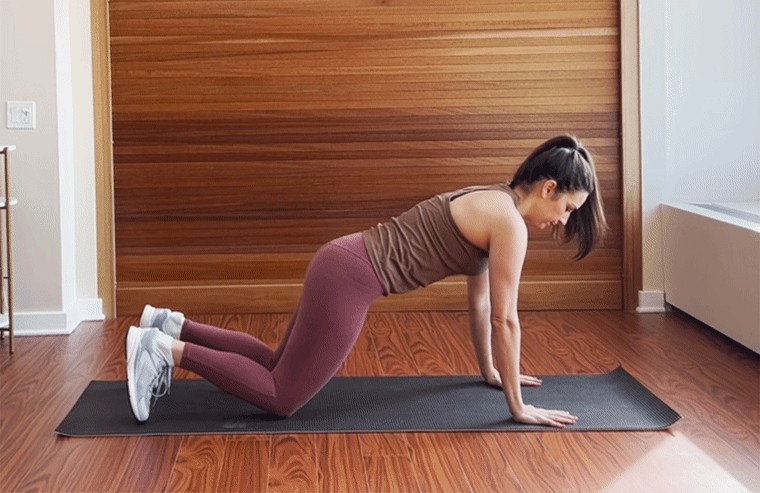
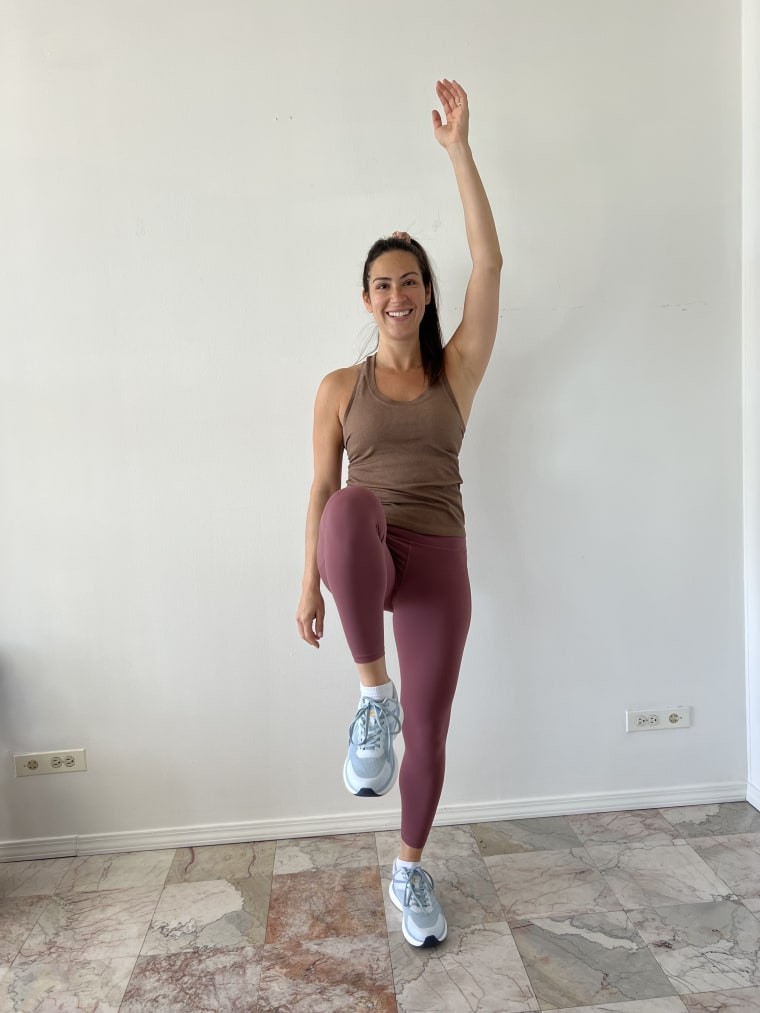


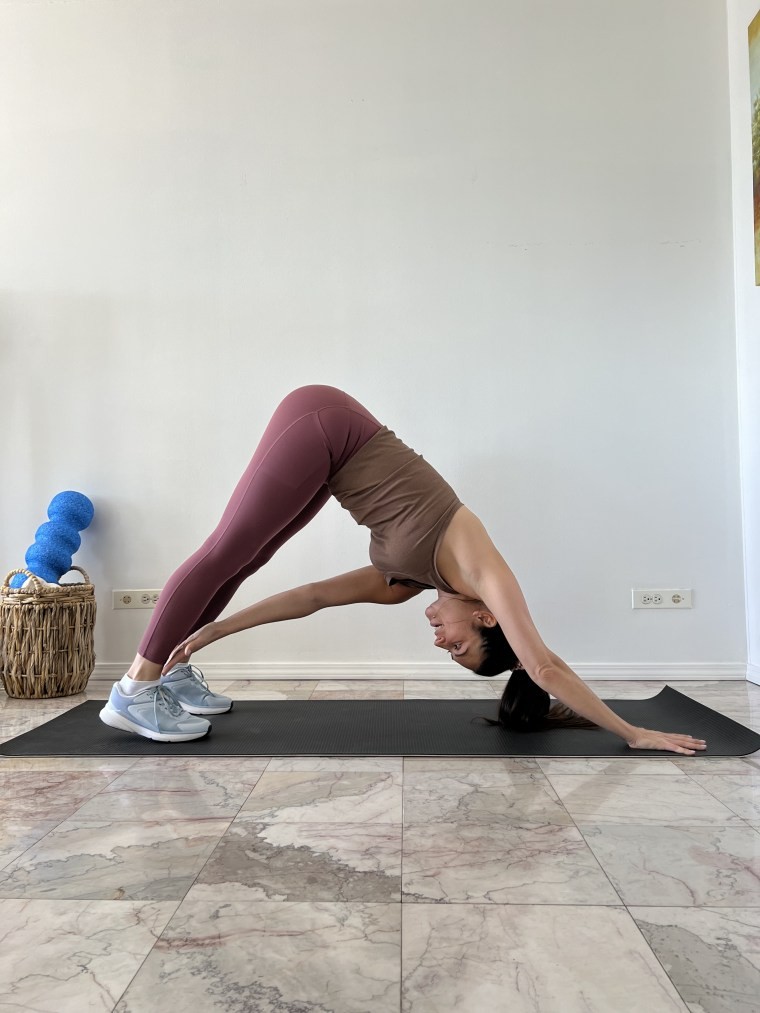



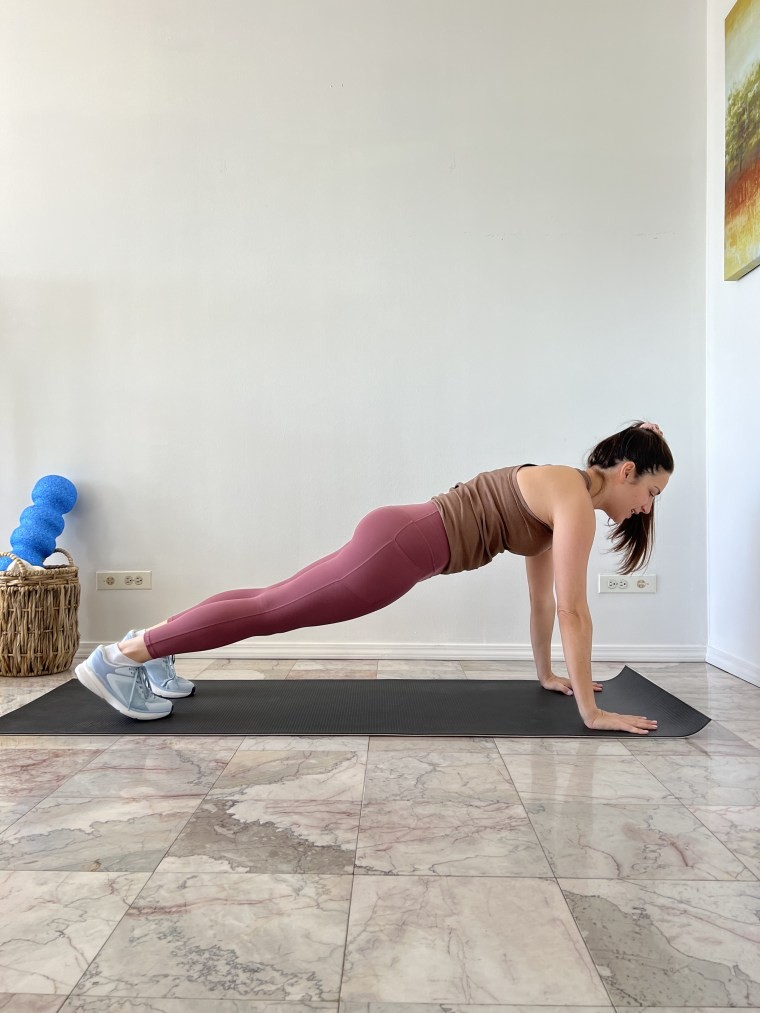
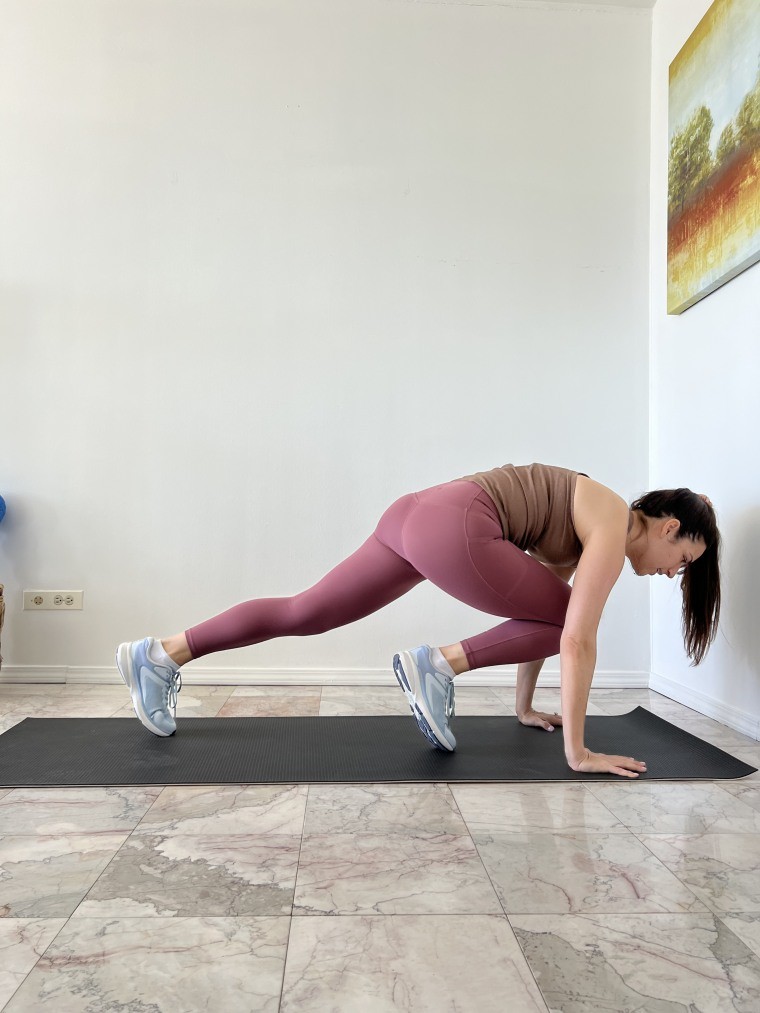
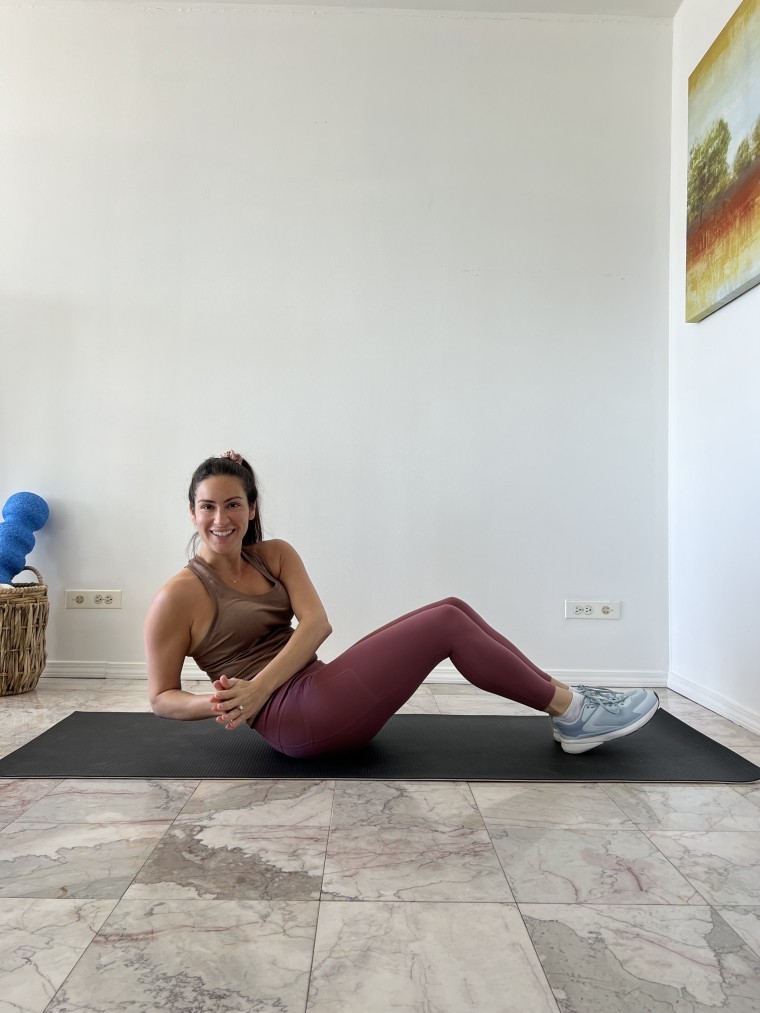
Key Differences Explained
- Intensity Level: Tabata requires maximal effort during each work interval, whereas traditional HIIT might involve high, but not always maximal, exertion.
- Workout Duration: Tabata workouts are significantly shorter, focusing on intense effort over a brief period, while traditional HIIT workouts usually extend for 20-30 minutes or longer.
- Rest-to-Work Ratio: The rest-to-work ratio in Tabata is very short (1:2), promoting incomplete recovery and higher overall intensity compared to the more balanced ratios in traditional HIIT.
When To Choose Tabata vs. HIIT
- Choose Tabata if:
- You have limited time.
- You want to maximize calorie burn in a short period.
- You’re looking to improve both aerobic and anaerobic fitness.
- You enjoy intense, challenging workouts.
- Choose Traditional HIIT if:
- You prefer longer workouts.
- You want more varied exercises.
- You need more recovery time between intervals.
- You’re focusing primarily on aerobic fitness.
3. Exploring The Benefits Of What Is Tabata Training
Tabata training offers a wide array of benefits that make it a popular choice for individuals seeking efficient and effective workouts. Here are some key advantages:
- Improved Cardiovascular Fitness: Tabata’s high-intensity nature significantly boosts cardiovascular health. Research indicates that consistent Tabata training can lead to substantial improvements in VO2 max (the maximum amount of oxygen your body can use during exercise) and overall endurance.
- Enhanced Metabolic Rate: The intense bursts of activity increase your body’s metabolic rate not only during the workout but also afterward. This “afterburn effect,” scientifically known as excess post-exercise oxygen consumption (EPOC), means you continue to burn calories even after you’ve finished exercising.
- Increased Fat Loss: By combining high-intensity exercise with short rest periods, Tabata helps your body become more efficient at burning fat. Studies have shown that HIIT workouts like Tabata can be more effective at reducing body fat compared to steady-state cardio exercises.
- Muscle Endurance: Tabata training enhances muscle endurance by pushing your muscles to their limits in short intervals. This type of training can increase the capacity of your muscles to perform repeated contractions over time.
- Time Efficiency: One of the most appealing aspects of Tabata is its time efficiency. A full Tabata workout, including warm-up and cool-down, can be completed in as little as 20 minutes, making it ideal for busy individuals.
- Versatility: Tabata can be adapted to various exercises and fitness levels. Whether you prefer bodyweight exercises, cardio activities, or strength training, Tabata can be incorporated to boost intensity and results.
- Improved Insulin Sensitivity: Research suggests that Tabata training can improve insulin sensitivity, which is crucial for regulating blood sugar levels and preventing type 2 diabetes. Enhanced insulin sensitivity helps your body use glucose more effectively.
- Increased Anaerobic Capacity: Tabata training significantly increases anaerobic capacity, which is your body’s ability to perform high-intensity activities without oxygen. This is particularly beneficial for athletes and individuals involved in sports that require bursts of speed and power.
- Mental Toughness: The demanding nature of Tabata workouts can improve mental toughness. Pushing through the discomfort and fatigue helps build resilience and discipline.
- Convenience: Tabata workouts require minimal equipment and can be done anywhere, making them a convenient option for home workouts, travel, or when you don’t have access to a gym.
4. Is What Is Tabata Right For You? Assessing Your Fitness Level
Before diving into Tabata training, it’s important to assess whether it’s the right fit for your current fitness level and health status. Tabata is an intense form of exercise, and while it offers numerous benefits, it’s not suitable for everyone.
Who Should Consider Tabata
- Individuals with Existing Fitness Experience: Tabata is best suited for those who have a solid foundation in exercise. If you’re already comfortable with high-intensity workouts and have a good understanding of proper form, Tabata can be a great way to take your fitness to the next level.
- People Looking to Maximize Their Workouts: If you’re short on time but want an effective workout, Tabata is an excellent option. The high-intensity nature of Tabata allows you to achieve significant results in a short period.
- Those Familiar with Traditional Workout Moves: Tabata often involves performing traditional exercises at a faster pace with minimal instruction. If you’re already familiar with exercises like squats, push-ups, and lunges, you can easily adapt them to a Tabata format.
Who Should Avoid or Modify Tabata
- Beginners: If you’re new to exercise, Tabata may be too intense. Start with lower-intensity workouts to build a foundation before attempting Tabata.
- Individuals with Health Conditions: People with heart conditions, high blood pressure, or other serious health issues should consult their doctor before starting Tabata training. The high-intensity nature of Tabata can put excessive strain on the cardiovascular system.
- Pregnant Women: Pregnant women should avoid Tabata unless they have prior experience with high-intensity exercise and have been cleared by their healthcare provider.
- People with Joint Problems: If you have joint issues, such as knee or hip pain, modify Tabata exercises to reduce impact. Choose low-impact exercises like swimming or cycling instead of high-impact moves like jumping jacks or burpees.
- Those Who Prefer Detailed Instruction: Tabata typically involves minimal instruction, assuming you already know how to perform the exercises correctly. If you prefer detailed guidance, consider other forms of HIIT or seek guidance from a personal trainer.
Modifications and Alternatives
If Tabata seems too intense, consider these modifications:
- Reduce Intensity: Perform exercises at a slightly lower intensity to start.
- Increase Rest Time: Extend the rest periods to allow for more recovery.
- Choose Lower-Impact Exercises: Opt for exercises that are easier on the joints.
- Start with Fewer Rounds: Begin with four rounds instead of eight.
- Consult a Professional: Work with a personal trainer to develop a Tabata program tailored to your fitness level and health needs.
5. Designing Your Own What Is Tabata Workout: A Step-By-Step Guide
Creating your own Tabata workout is straightforward once you understand the basic structure. Here’s a step-by-step guide to help you design an effective Tabata routine:
Step 1: Choose Your Exercises
Select exercises that work multiple muscle groups and can be performed at high intensity. Consider both bodyweight exercises and those that incorporate equipment, depending on your fitness level and available resources.
Bodyweight Exercises
- Squats: A fundamental exercise that works the quads, glutes, and hamstrings.
- Push-Ups: Targets the chest, shoulders, and triceps.
- Lunges: Works the quads, glutes, and hamstrings, and improves balance.
- Burpees: A full-body exercise that combines a squat, push-up, and jump.
- Jumping Jacks: A cardio exercise that engages the entire body.
- Mountain Climbers: A dynamic exercise that works the core, shoulders, and legs.
- Plank: Strengthens the core muscles.
- High Knees: A cardio exercise that targets the core and legs.
Exercises with Equipment
- Kettlebell Swings: Works the glutes, hamstrings, and core.
- Dumbbell Thrusters: A full-body exercise that combines a front squat with an overhead press.
- Rowing Machine: Engages the entire body in a cardio and strength workout.
- Stationary Bike: A low-impact cardio option.
- Battle Ropes: Works the arms, shoulders, core, and back.
Step 2: Plan Your Workout Structure
A traditional Tabata workout consists of eight rounds of 20 seconds of exercise followed by 10 seconds of rest. Decide whether you’ll use a single exercise for all eight rounds or alternate between different exercises.
Option 1: Single Exercise
- Rounds 1-8: Perform the same exercise (e.g., squats) for 20 seconds, followed by 10 seconds of rest.
Option 2: Alternating Exercises
- Rounds 1, 3, 5, 7: Perform exercise A (e.g., push-ups) for 20 seconds, followed by 10 seconds of rest.
- Rounds 2, 4, 6, 8: Perform exercise B (e.g., mountain climbers) for 20 seconds, followed by 10 seconds of rest.
Option 3: Circuit Training
- Choose 4 exercises and perform each exercise twice in the Tabata sequence.
Step 3: Set a Timer
Use a timer or a Tabata app to keep track of the work and rest intervals. Many apps are available for smartphones that are specifically designed for Tabata training, featuring audible cues and visual timers.
Step 4: Warm-Up
Before starting your Tabata workout, perform a warm-up to prepare your muscles and joints. A good warm-up should include:
- Cardio: 5 minutes of light cardio, such as jogging in place, jumping jacks, or cycling.
- Dynamic Stretching: 5 minutes of dynamic stretches, such as arm circles, leg swings, torso twists, and high knees.
Step 5: Perform the Tabata Rounds
Execute each exercise with maximum effort during the 20-second work intervals. Focus on maintaining proper form to prevent injuries. Use the 10-second rest periods to catch your breath and prepare for the next round.
Step 6: Cool-Down
After completing the Tabata rounds, cool down to help your body recover. A good cool-down should include:
- Light Cardio: 5 minutes of light cardio, such as walking.
- Static Stretching: 5-10 minutes of static stretches, holding each stretch for 20-30 seconds. Focus on stretching the muscles you worked during the workout.
Sample Tabata Workout Routines
Workout 1: Bodyweight Blast
- Squats: 20 seconds
- Rest: 10 seconds
- Push-Ups: 20 seconds
- Rest: 10 seconds
- Lunges (alternating legs): 20 seconds
- Rest: 10 seconds
- Plank: 20 seconds
- Rest: 10 seconds
(Repeat 2 times)
Workout 2: Cardio Crusher
- Burpees: 20 seconds
- Rest: 10 seconds
- Mountain Climbers: 20 seconds
- Rest: 10 seconds
- Jumping Jacks: 20 seconds
- Rest: 10 seconds
- High Knees: 20 seconds
- Rest: 10 seconds
(Repeat 2 times)
Workout 3: Equipment Enriched
- Kettlebell Swings: 20 seconds
- Rest: 10 seconds
- Dumbbell Thrusters: 20 seconds
- Rest: 10 seconds
- Rowing Machine (max effort): 20 seconds
- Rest: 10 seconds
- Battle Ropes: 20 seconds
- Rest: 10 seconds
Tips for Success
- Listen to Your Body: If you experience pain, stop the exercise and modify or choose a different exercise.
- Stay Hydrated: Drink plenty of water before, during, and after your workout.
- Progress Gradually: As you get fitter, increase the intensity or duration of your workouts.
- Mix It Up: To prevent boredom and continue challenging your body, vary your exercises and workout routines.
- Be Consistent: Aim to do Tabata workouts 2-3 times per week to see the best results.
6. Example What Is Tabata Workouts
To give you a clearer idea of how to incorporate Tabata into your fitness routine, here are three detailed workout examples you can try at home. Each workout focuses on different aspects of fitness, from full-body strength to cardio endurance.
Tabata Workout #1: Full-Body Blast
This workout targets multiple muscle groups and can be done with no equipment.
Warm-up: 5 minutes of light cardio (jogging in place, jumping jacks) and dynamic stretching (arm circles, leg swings).
Workout:
- Round 1: Jumping Jacks – 20 seconds
- Rest: 10 seconds
- Round 2: Tricep Dips – 20 seconds
- Rest: 10 seconds
- Round 3: Curtsy Lunges – 20 seconds (alternate legs each round)
- Rest: 10 seconds
- Round 4: Calf Raises – 20 seconds
- Rest: 10 seconds
- Round 5: Knee Push-ups – 20 seconds
- Rest: 10 seconds
- Round 6: Jumping Jacks – 20 seconds
- Rest: 10 seconds
- Round 7: Tricep Dips – 20 seconds
- Rest: 10 seconds
- Round 8: Curtsy Lunges – 20 seconds (alternate legs each round)
- Rest: 10 seconds
Cool-down: 5 minutes of light cardio (walking) and static stretching (hold each stretch for 30 seconds).
Tabata Workout #2: Cardio and Core
This workout focuses on cardiovascular endurance and core strength.
Warm-up: 5 minutes of light cardio and dynamic stretching, focusing on core activation.
Workout:
- Round 1: High Knees – 20 seconds
- Rest: 10 seconds
- Round 2: Skaters – 20 seconds (alternate sides each round)
- Rest: 10 seconds
- Round 3: Knee Tuck to Push-up – 20 seconds
- Rest: 10 seconds
- Round 4: Plank to Downdog Tap – 20 seconds (alternate sides each round)
- Rest: 10 seconds
- Round 5: Bicycle Crunches – 20 seconds
- Rest: 10 seconds
- Round 6: High Knees – 20 seconds
- Rest: 10 seconds
- Round 7: Skaters – 20 seconds (alternate sides each round)
- Rest: 10 seconds
- Round 8: Knee Tuck to Push-up – 20 seconds
- Rest: 10 seconds
Cool-down: 5 minutes of light cardio and static stretching, focusing on core and legs.
Tabata Workout #3: Lower Body Power
This workout targets the lower body with powerful, explosive movements.
Warm-up: 5 minutes of light cardio and dynamic stretching, focusing on legs and glutes.
Workout:
- Round 1: Squat Jumps – 20 seconds
- Rest: 10 seconds
- Round 2: Lateral Shuffle – 20 seconds (alternate sides each round)
- Rest: 10 seconds
- Round 3: Lateral Plank Walk – 20 seconds (alternate sides each round)
- Rest: 10 seconds
- Round 4: Mountain Climbers – 20 seconds
- Rest: 10 seconds
- Round 5: Russian Twist – 20 seconds
- Rest: 10 seconds
- Round 6: Squat Jumps – 20 seconds
- Rest: 10 seconds
- Round 7: Lateral Shuffle – 20 seconds (alternate sides each round)
- Rest: 10 seconds
- Round 8: Lateral Plank Walk – 20 seconds (alternate sides each round)
- Rest: 10 seconds
Cool-down: 5 minutes of light cardio and static stretching, focusing on legs and glutes.
7. Maximizing Your Results With What Is Tabata: Advanced Techniques
Once you’re comfortable with basic Tabata workouts, you can incorporate advanced techniques to further enhance your results and challenge your body in new ways.
1. Varying Exercise Selection
- Complex Movements: Incorporate exercises that combine multiple movements into one, such as thrusters (squat + overhead press) or burpees with a push-up. These movements increase the intensity and engage more muscle groups simultaneously.
- Unilateral Exercises: Include exercises that work one side of the body at a time, such as single-leg squats or dumbbell rows. Unilateral exercises improve balance and coordination while addressing strength imbalances.
- Plyometric Exercises: Add plyometric exercises like box jumps, jump lunges, or medicine ball slams to improve explosive power and cardiovascular fitness.
2. Adjusting Intensity And Volume
- Increasing Resistance: Use dumbbells, kettlebells, resistance bands, or weighted vests to increase the resistance and challenge your muscles further.
- Altering Rest Periods: Experiment with shorter rest periods to increase the intensity or longer rest periods to recover more fully between rounds.
- Adding Rounds: Increase the total number of Tabata rounds to extend the duration of your workout and improve endurance. For example, perform 12 or 16 rounds instead of the traditional 8.
3. Implementing Periodization
- Progressive Overload: Gradually increase the intensity, volume, or complexity of your Tabata workouts over time. This can be achieved by adding weight, reducing rest, or introducing more challenging exercises.
- Deload Weeks: Incorporate deload weeks into your training schedule to allow your body to recover and prevent overtraining. During deload weeks, reduce the intensity and volume of your workouts.
- Cycling Exercises: Rotate different exercises and workout routines to target various muscle groups and prevent plateaus.
4. Combining Tabata With Other Training Methods
- Strength Training: Combine Tabata workouts with traditional strength training to build muscle mass and improve overall strength. Perform strength training exercises before or after your Tabata session.
- Endurance Training: Integrate Tabata into your endurance training program to improve cardiovascular fitness and increase your anaerobic threshold.
- Flexibility Training: Include stretching and mobility exercises to improve flexibility, prevent injuries, and enhance recovery.
5. Monitoring Progress
- Tracking Performance: Keep track of your performance by recording the number of repetitions, weight lifted, or distance covered during each Tabata interval. This allows you to monitor your progress and make adjustments to your training as needed.
- Using Heart Rate Monitors: Use a heart rate monitor to track your heart rate during Tabata workouts. This can help you ensure you’re working at the appropriate intensity level.
- Assessing Recovery: Pay attention to how your body recovers after Tabata workouts. If you’re consistently feeling fatigued or sore, you may need to reduce the intensity or volume of your training.
Example Advanced Tabata Workout
Workout: Advanced Full-Body Blast
Warm-up: 5 minutes of dynamic stretching and light cardio.
Tabata Rounds:
- Round 1: Dumbbell Thrusters – 20 seconds
- Rest: 10 seconds
- Round 2: Burpees with Push-Up – 20 seconds
- Rest: 10 seconds
- Round 3: Kettlebell Swings – 20 seconds
- Rest: 10 seconds
- Round 4: Box Jumps – 20 seconds
- Rest: 10 seconds
- Round 5: Dumbbell Rows (alternating arms) – 20 seconds
- Rest: 10 seconds
- Round 6: Mountain Climbers – 20 seconds
- Rest: 10 seconds
- Round 7: Medicine Ball Slams – 20 seconds
- Rest: 10 seconds
- Round 8: Plank Jacks – 20 seconds
- Rest: 10 seconds
(Repeat the entire sequence twice for a total of 16 rounds)
Cool-down: 5-10 minutes of static stretching and foam rolling.
8. Overcoming Common Challenges With What Is Tabata
While Tabata training is highly effective, it can present some challenges, especially for beginners. Understanding these common issues and how to address them can help you stick with your Tabata routine and achieve your fitness goals.
1. Maintaining Proper Form
- Challenge: The high-intensity nature of Tabata can make it difficult to maintain proper form, increasing the risk of injury.
- Solution:
- Focus on Form: Prioritize form over speed or the number of repetitions.
- Slow Down: If you’re struggling to maintain form, slow down the exercise.
- Use a Mirror: Perform Tabata exercises in front of a mirror to monitor your form.
- Record Yourself: Record yourself doing the exercises and review the footage to identify areas for improvement.
2. Avoiding Overtraining
- Challenge: Tabata is very demanding on the body and can lead to overtraining if not managed properly.
- Solution:
- Limit Frequency: Limit Tabata workouts to 2-3 times per week.
- Incorporate Rest: Allow for adequate rest between Tabata sessions.
- Listen to Your Body: Pay attention to signs of overtraining, such as fatigue, soreness, and decreased performance.
- Vary Workouts: Alternate Tabata with lower-intensity workouts to allow your body to recover.
3. Managing Intensity
- Challenge: Achieving and maintaining maximum intensity during each 20-second interval can be challenging, especially as fatigue sets in.
- Solution:
- Warm-Up Properly: A thorough warm-up can help prepare your body for the intensity of Tabata.
- Choose Appropriate Exercises: Select exercises that you can perform at high intensity for the duration of the interval.
- Mental Preparation: Mentally prepare yourself to push through the discomfort and fatigue.
- Use Music: Listen to upbeat music to help motivate you and maintain intensity.
4. Preventing Boredom
- Challenge: The repetitive nature of Tabata can lead to boredom, making it difficult to stick with the routine.
- Solution:
- Vary Exercises: Rotate different exercises and workout routines to keep things interesting.
- Use a Variety of Formats: Experiment with different Tabata formats, such as alternating exercises or incorporating circuit training.
- Workout with a Partner: Exercising with a partner can provide motivation and make the workout more enjoyable.
- Set Goals: Set specific, measurable goals to stay motivated and track your progress.
5. Dealing With Soreness
- Challenge: Tabata can cause significant muscle soreness, especially when starting a new routine.
- Solution:
- Start Slowly: Gradually increase the intensity and duration of your Tabata workouts.
- Cool-Down Properly: A thorough cool-down can help reduce muscle soreness.
- Stay Hydrated: Drink plenty of water to help flush out toxins and reduce inflammation.
- Use Foam Rolling: Foam rolling can help relieve muscle soreness and improve recovery.
6. Adapting to Limited Space and Equipment
- Challenge: You may have limited space or equipment, making it difficult to perform certain Tabata exercises.
- Solution:
- Choose Bodyweight Exercises: Focus on bodyweight exercises that require minimal space and equipment.
- Get Creative: Use household items as makeshift weights or resistance tools.
- Modify Exercises: Modify exercises to fit your available space and equipment.
9. Sample FAQ About What Is Tabata
To further clarify any questions you might have about Tabata training, here are answers to some frequently asked questions:
| Question | Answer |
|---|---|
| What exactly is Tabata training? | Tabata is a high-intensity interval training (HIIT) protocol that consists of eight rounds of 20 seconds of maximal effort exercise, followed by 10 seconds of rest. |
| How does Tabata differ from other HIIT workouts? | Tabata is characterized by its short, intense intervals and minimal rest periods, which make it more demanding than many other HIIT formats. |
| What are the main benefits of Tabata training? | Tabata improves cardiovascular fitness, increases metabolic rate, promotes fat loss, enhances muscle endurance, and is time-efficient. |
| Who should consider Tabata training? | Individuals with existing fitness experience, those looking to maximize their workouts, and people familiar with traditional exercise moves. |
| Who should avoid or modify Tabata? | Beginners, individuals with health conditions (especially heart issues), pregnant women, and people with joint problems should avoid or modify Tabata. |
| How do I design my own Tabata workout? | Choose exercises that work multiple muscle groups, plan the workout structure (single exercise or alternating), set a timer, warm-up, perform the rounds, and cool-down. |
| Can I do Tabata every day? | No, it’s not recommended to do Tabata every day. The high intensity requires adequate rest for recovery. Aim for 2-3 times per week. |
| What are some exercises suitable for Tabata? | Squats, push-ups, lunges, burpees, jumping jacks, mountain climbers, kettlebell swings, and dumbbell thrusters are all suitable exercises. |
| How important is proper form in Tabata? | Proper form is crucial to prevent injuries. Prioritize form over speed and the number of repetitions. |
| How can I prevent overtraining with Tabata? | Limit Tabata sessions, incorporate rest days, listen to your body, and vary your workouts with lower-intensity activities. |
| What if I have limited space or equipment? | Focus on bodyweight exercises, use household items as weights, and modify exercises to fit your available space. |
| **Is Tabata effective for weight |
